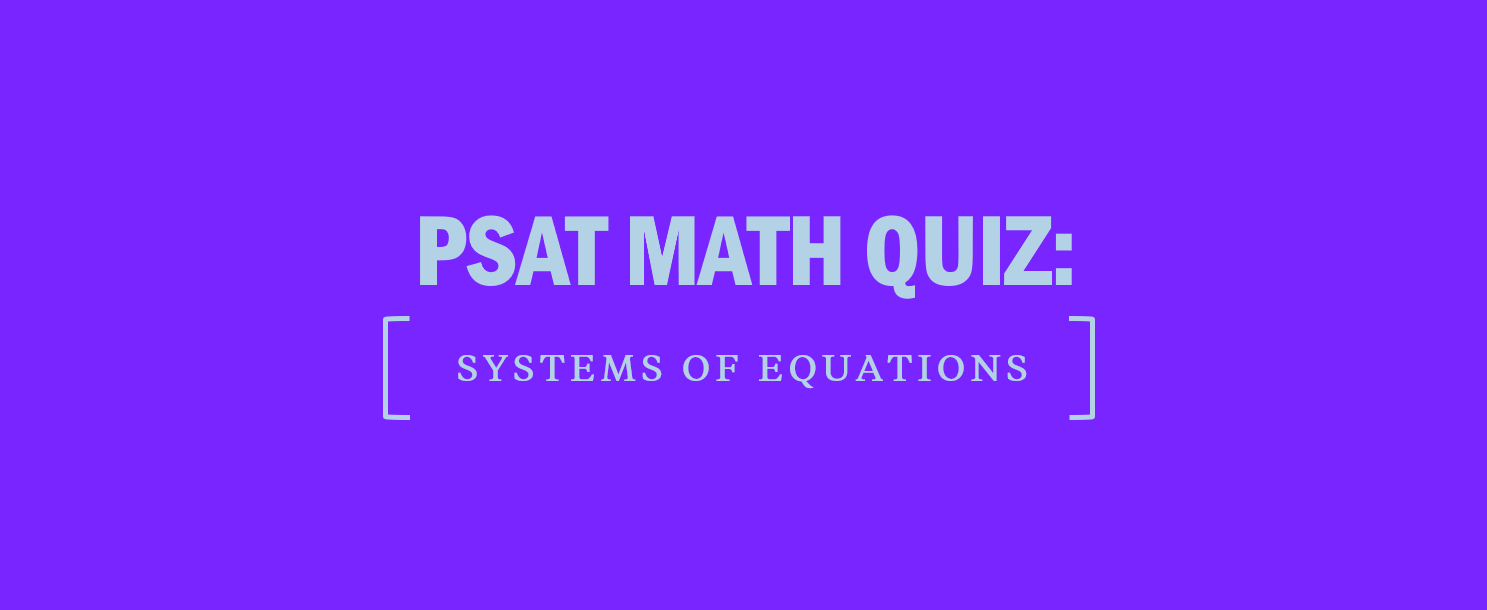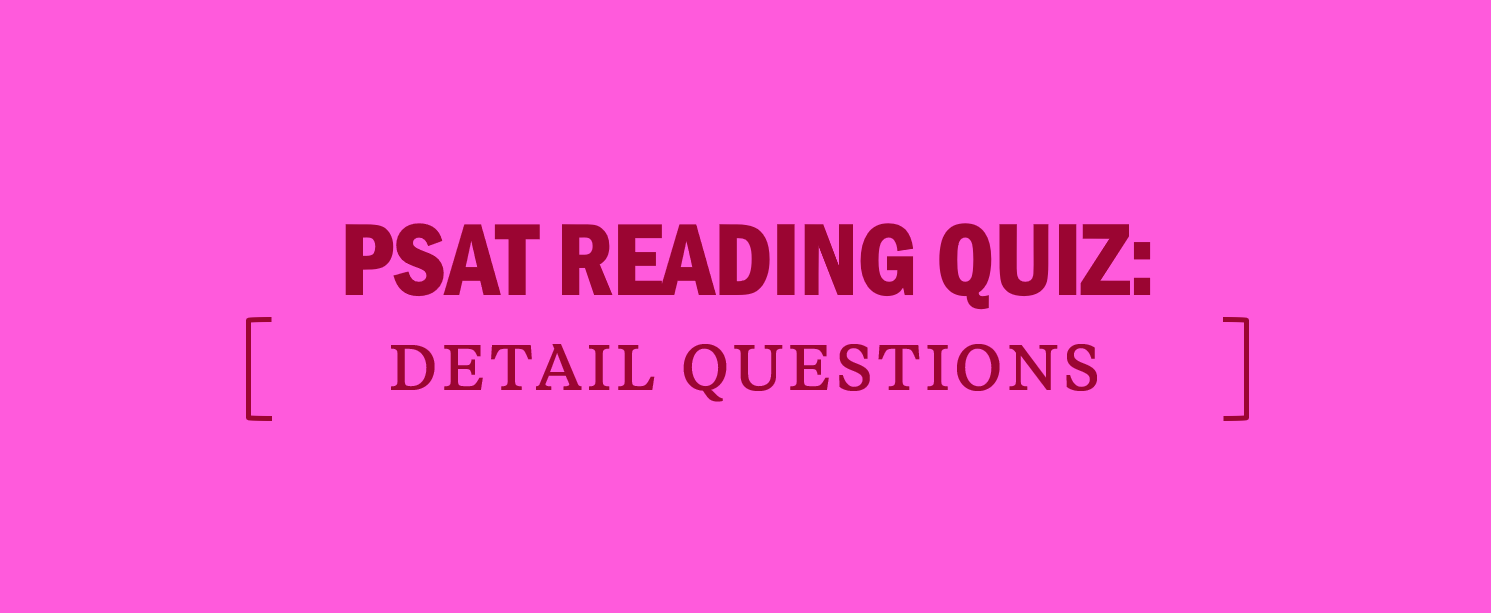PSAT Writing and Language: Infographics
The PSAT will contain one or more passages that include infographics. Each infographic will convey or expand on information related to the passage.
The Kaplan Method for PSAT Infographics has three steps:
- Step 1: Read the question
- Step 2: Examine the infographic
- Step 3: Predict and answer
Let’s examine these steps a bit more closely.
The Kaplan Method for Infographics
When you apply the Kaplan Method for Infographics, keep in mind that infographics will either represent data described in the passage or present new data that expand on what the passage is about.
Let’s look at the following PSAT infographic and questions. After the infographic, there are two columns. The left column contains test-like questions. The column on the right features the strategic thinking a test expert employs when approaching the infographic and questions presented.
| Question | Strategic Thinking | |||||||||||||||||||||||||||||||||||
(A) bat and bird populations decreased. |
Step 1: Read the question Assess the question to determine what part of the infographic to focus on. What information in the question stem corresponds to the infographic? The years 2007 to 2010. Step 2: Examine the infographic Step 3: Predict and answer Which is the correct answer? Choice (A) |
|||||||||||||||||||||||||||||||||||
Previous: PSAT Writing and Language: The Kaplan Method
Next: PSAT Writing and Language: Organization







